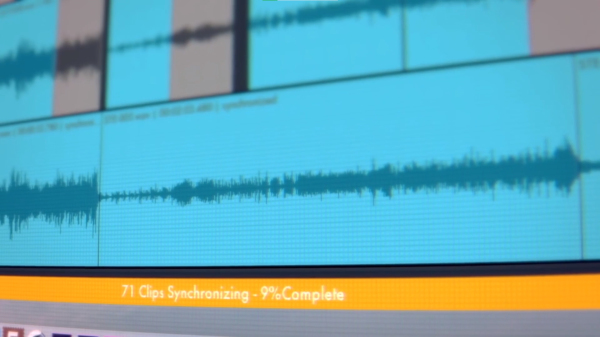[11:34 Sun,26.February 2023 by Rudi Schmidts] |
Scott Simmons has published an obituary for PluralEyes on Pro Video Coalition that recalls what started as a revolution some 14 years ago in 2009 and is now taken for granted in many editing programmes: the synchronisation of multiple cameras or their clips in a timeline. That&s why many users at that time found the appearance of PluralEyes a real salvation. Especially since the programme worked very reliably almost from the beginning. This could not be said of the similar follow-up implementations in some editing programmes. This in turn gave PluralEyes the opportunity to fine-tune further versions with new functions that made the programme a must-have plug-in for many editors for a long time to come.  PluralEyes But in recent years, not only the internal multicam implementations in editing programmes have become comparably powerful - sync via timecode has also migrated from the expensive professional sector to many semi-professional cameras and inexpensive tools ála Tentacle Sync. And so PluralEyes ultimately became obsolete for more and more users. The product (or rather the he company behind it) became the object of numerous takeovers and finally ended up with Maxon, who in turn took over the product with the incorporation of RedGiant. And now, unsurprisingly, at the end of January, Maxon announced that the legendary waveform synchronisation software PluralEyes is going into "limited maintenance mode". Which probably means that PluralEyes will no longer be developed further. As nice as technical progress in software development is, such announcements do make us a bit wistful. But now, wipe the tears from PluralEyes, Boomer! Click here for the Wavesync history tutorial with Scott Simmons... deutsche Version dieser Seite: Ein Nachruf auf PluralEyes - und die Geschichte der Wavesynchronisation |





